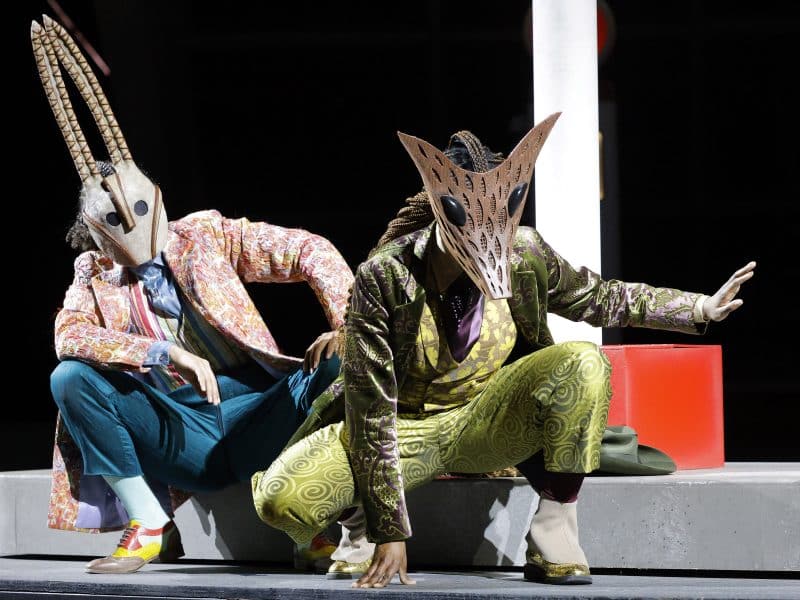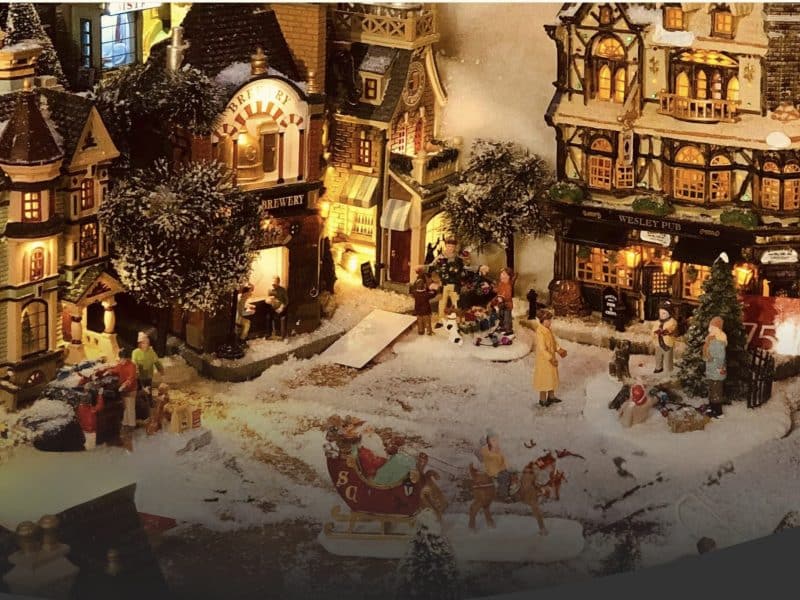10 Years of Change: Remembering Doug McIntosh, Detroit architect and preservation advocate
Doug McIntosh was president of Preservation Wayne (now Preservation Detroit), an early supporter of Model D, a community leader, and a mentor to many. He had a vision for the city.

Architect Doug McIntosh passed away in July 2006 at 44 of a pulmonary embolism. McIntosh’s influence in the city was not just on its built environment, but on the community as a whole. He was president of Preservation Wayne (now Preservation Detroit), an early supporter of Model D, a community leader, and a mentor to many. He had a vision for the city.
Model D published this remembrance by McIntosh’s colleague and longtime contributor Francis Grunow on July 18, 2006. It was adapted from the eulogy Grunow gave at McIntosh’s memorial 9 years ago and remains a poignant tribute to McIntosh and his vision for the city.
Doug McIntosh was so many things to me: a colleague — one that I was working with on a regular basis, could talk frankly to, and set goals with. He was a mentor and leader — one that I was still learning from and gaining a deeper appreciation for. He was a friend — one that I respected and cherished. We were on our way to building an organization (Preservation Wayne) and a message. And all we wanted to do was to help change the world. Or at least Detroit. I still do. And I know Doug would want us all to do the same.
Doug’s fertile imagination could have filled up all of our wounded city’s vacancies with refurbished buildings and storefronts, newly invented forms and highly creative fantasies that would have all been at home together and would have all been called Detroit. Doug’s Detroit. To Doug it was never a matter of “if” but “when”. Never “why can’t we?” but always “how can we?” Or, when appropriate, “who should be?” And anything was possible. I liked to live in Doug’s Detroit because it was a place I would have liked to create, if only I had his talent and vision.
To Doug, the urban condition was much more about continuum than about a particular period or a style or typology. Buildings represented life and dynamism and were about a story that was worth repeating…which he often did… and often embellished! It was his essence of being.
Detroit represented to Doug a modern marvel that built its best with a bravado and raw grace that defied traditional description. It was bold and brash, but also beautiful. And it was, in his mind, a city that people called home and should again call home. Doug tapped the ideals that made this place great. And they were old ideals as much as they were new ones. Build great things. Build beautiful things. Build for the ages and with sensitivity. Doug understood the beauty of old things inherently and how they could inform us and help guide us, but he also seemed compelled to talk only about the future. It was never simply for the “sake of the past,” but rather about the potential for the future. To blend new and old to make today a better place, this was one of Doug’s guiding principles.
Doug also took risks. It is in this context that I first met him formally, after hearing about his activism from afar through his efforts to save the Hudson’s Building and Park Avenue historic district downtown. In the mid-1990s our city was making intimations that we would demolish most of our abandoned downtown. Thank God we didn’t have enough money for the whole job and we had people like Doug on the case, who threw himself into pro bono master planning efforts and public testimonials.
After a decade in New York, I moved back to Detroit in the fall of 2001 and got sucked into a world of nonprofit work and urban activism, of preservation projects and meeting people like Doug. It was through the efforts of Preservation Wayne and the Friends of the Book-Cadillac that we began to form our bond. Doug’s deep sense of what was right and wrong often put him in situations where others in his position would not dare to go. He risked his professional reputation time and time again to defend Detroit’s built environment and its landmark structures, attending countless meetings and offering his design services with the verve and bullish sense that saving the Madison-Lenox or Statler hotels were just the right thing to do. The only thing to do. Once those battles were over, Doug would not allow himself to dwell on the past or admit defeat. It was on to the next. Always positive. Always forward. For these characteristics, I have the utmost respect for Doug and can only hope to emulate them in my own life.
For so many others in Detroit, and across the country and around the world, Doug created a community of people. From southwest Connecticut to southwest Detroit, Doug could be counted on as a friend and advocate. What was so amazing about Doug was that he did his human best to do it all. He was a dynamo, and everyone knew when he entered the room, he lit it up, even if it was because he was late for a meeting, which he sometimes was. But you couldn’t blame him because you knew he had just come from working to forward the city someplace else. His charming way of saying he was only “10 minutes away” was implemented in the most expert of ways.
My wife Claire Nelson commented that she was so impressed by the fact that Doug was so committed to the community through the numerous boards and initiatives that he was involved in, plus he poured his talents and resources into a project that could have easily overwhelmed the most ambitious restorer among us. He and life partner Scotty brought back the Julius Melchers House in such an ambitious manner, all the while maintaining an enormous workload and community involvement. What they did over the course of a few short years would have been a lifetime project for most. It is simply breathtaking, and it is a wonderful gift to the city and a wonderful testament to everything Doug believed in.
Preservation Wayne and the preservation community are eternally grateful to have had Doug on the vanguard for so long. He set the bar so high for all of us. Through his work at the architecture firm McIntosh + Poris, he reminded us of our fundamental need as a city to change the way we do things. Rouse ourselves, wake up and realize the beauty that’s here all around us. That was Doug’s big picture. And what a vision it is!
My heart goes out to Scotty, Doug’s family, his parents, his sister and brothers, nieces and nephews, and to Michael Poris and to the firm that they worked so hard to build. It makes me so sad to consider everything else Doug could have accomplished. But the visions are ours now. All of Doug’s “sweeties”—you all know who you are — it’s our job now to fill the void, and we can be heartened to know that Doug’s spirit burns brightly. Tonight, look up. He’s there in the beacon on top of the Penobscot, pulsing and luminescent, leading the way and guiding us to a better place. Doug, we’ll miss you so much, but thank you so much for all you did. Thank you.
This story is a part of “10 Years of Change,” a series celebrating Model D’s decade of publishing in Detroit and the transformations that have occurred in the city over that period. Read other stories in the series here.




